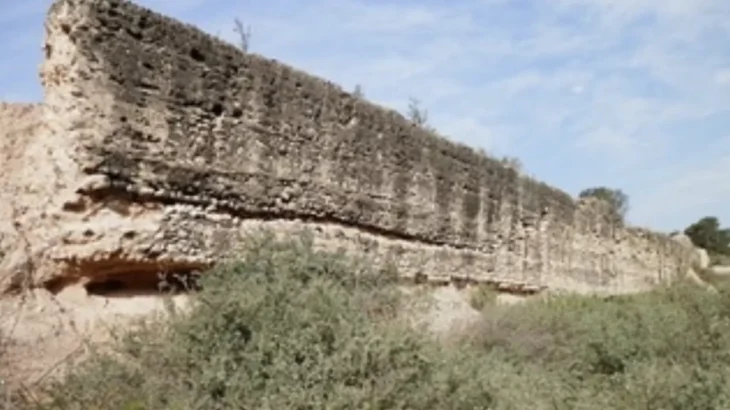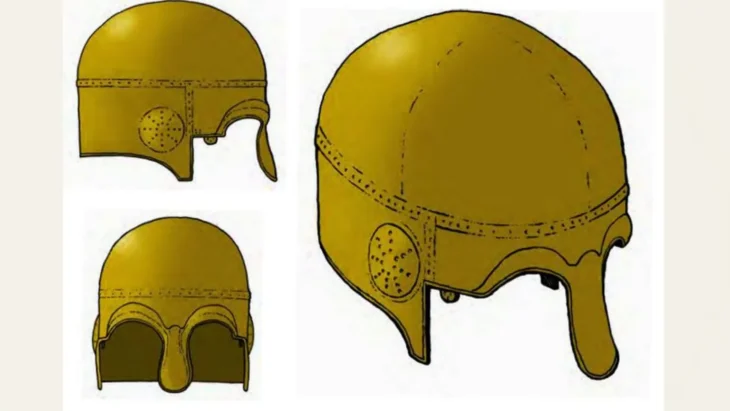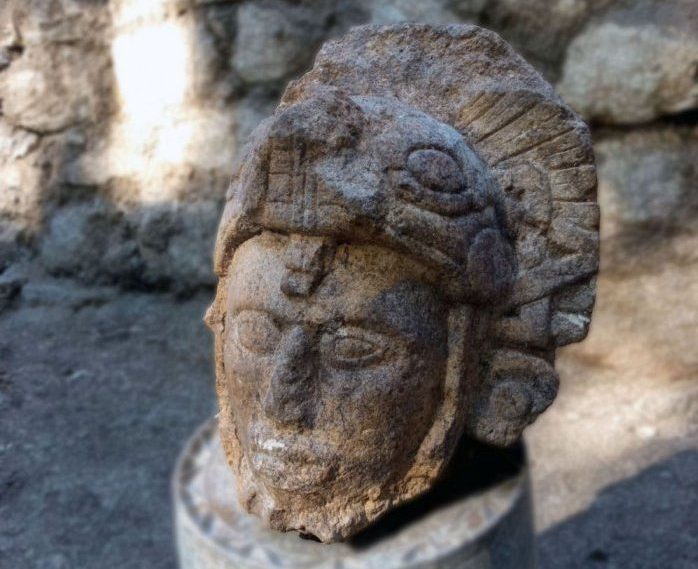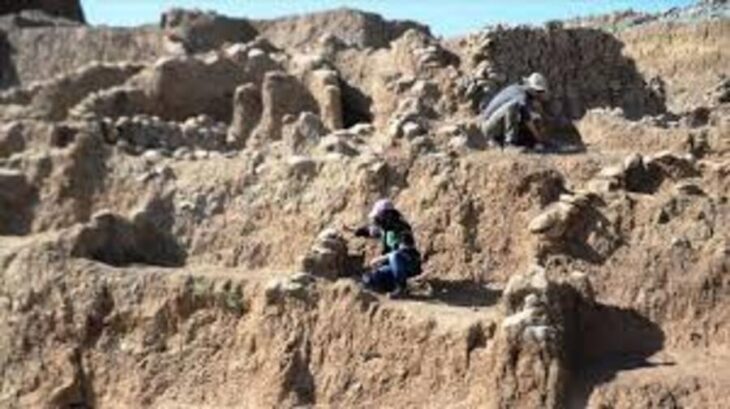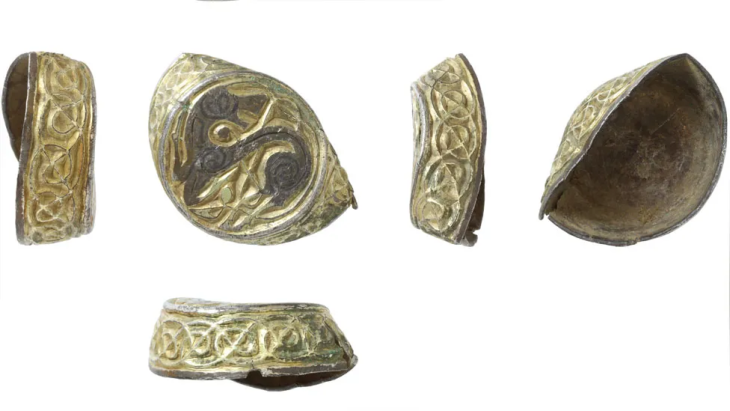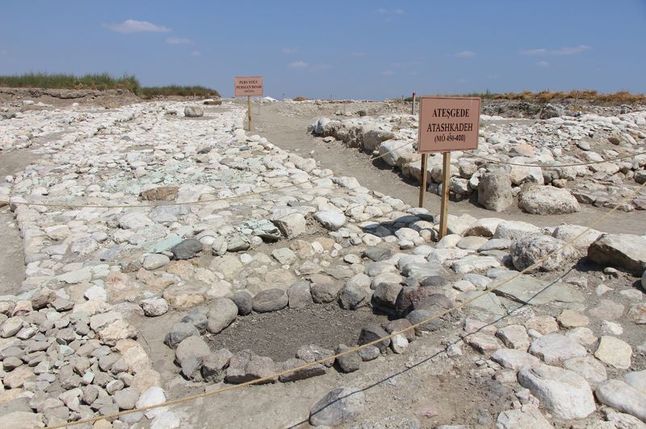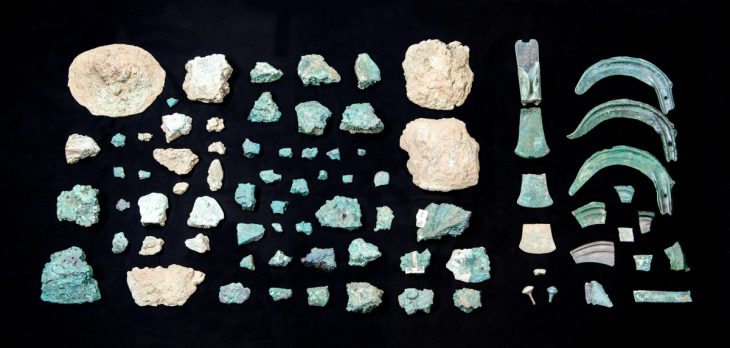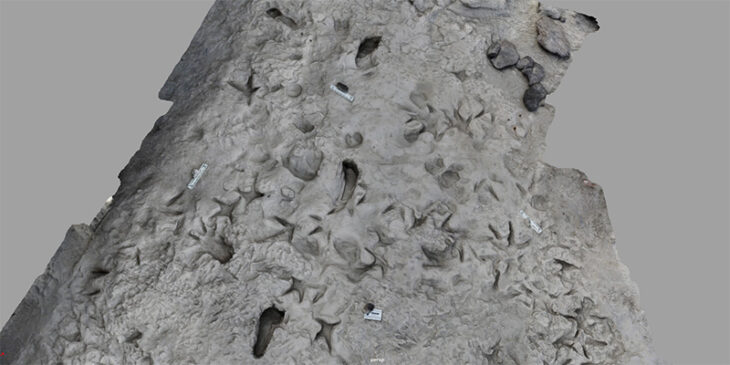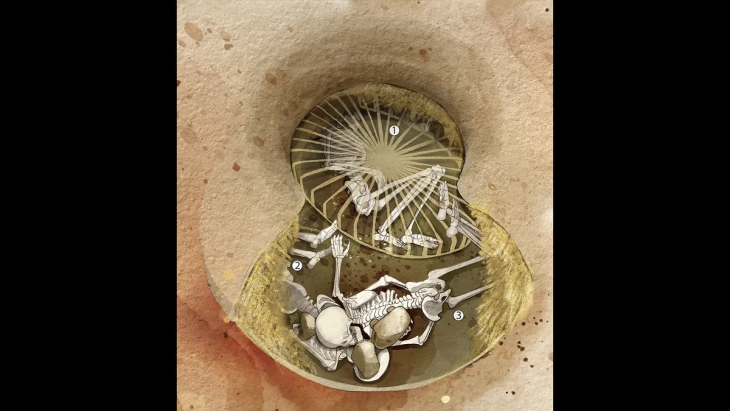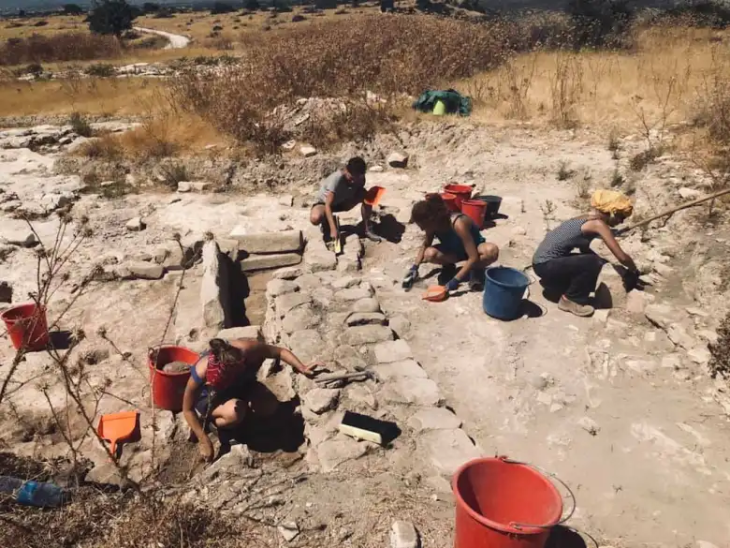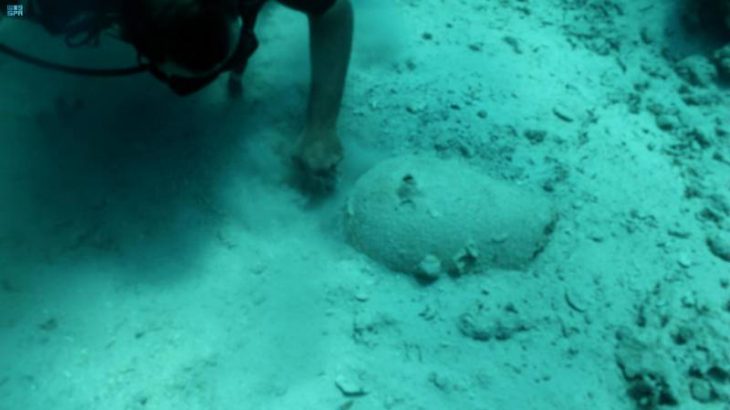The Stone of Destiny’s recorded links to Scottish royalty date back almost 1000 years, and its origins are shrouded in mystery, with legends linking it to biblical heroes and ancient Egyptian pharaohs. But now a new exhibition celebrating the Stone of Destiny has revealed it may originally have been a doorstep.
Stone of Destiny also known as the Stone of Scone, and often referred to in England as The Coronation Stone.
The new theory comes after the Stone underwent scientific analysis prior to being moved from Edinburgh Castle to its new permanent home at Perth Museum, which opened last month.
A recent analysis of the 335-pound stone found that wear on the top of the historic artifact appears to have been caused by footsteps prior to its being used as the crowning stone of Scotland’s monarchs at Scone, near Perth, in medieval times.
Alexander III’s coronation in 1249 is the first known instance of the Stone of Destiny being used for a crowning ceremony. The story goes that it was covered in gold silk cloth, which covered up its heavily worn surface. Once more the stepped-upon surface was hidden as Edward Longshanks had it integrated into his throne at Westminster after plundering it. In 1996, it was formally brought back to Scotland and put on display alongside other Scottish regalia in Edinburgh Castle’s Crown Room.
Stone of Destiny left Scotland again last year for a very brief stint back inside Edward’s throne for the coronation of Charles III. Analysis carried out in preparation for its transportation to Westminster Abbey for the Coronation determined that the Stone was quarried from the Scone area, suggesting it may originally have been used in a nearby church or possibly a Roman building.
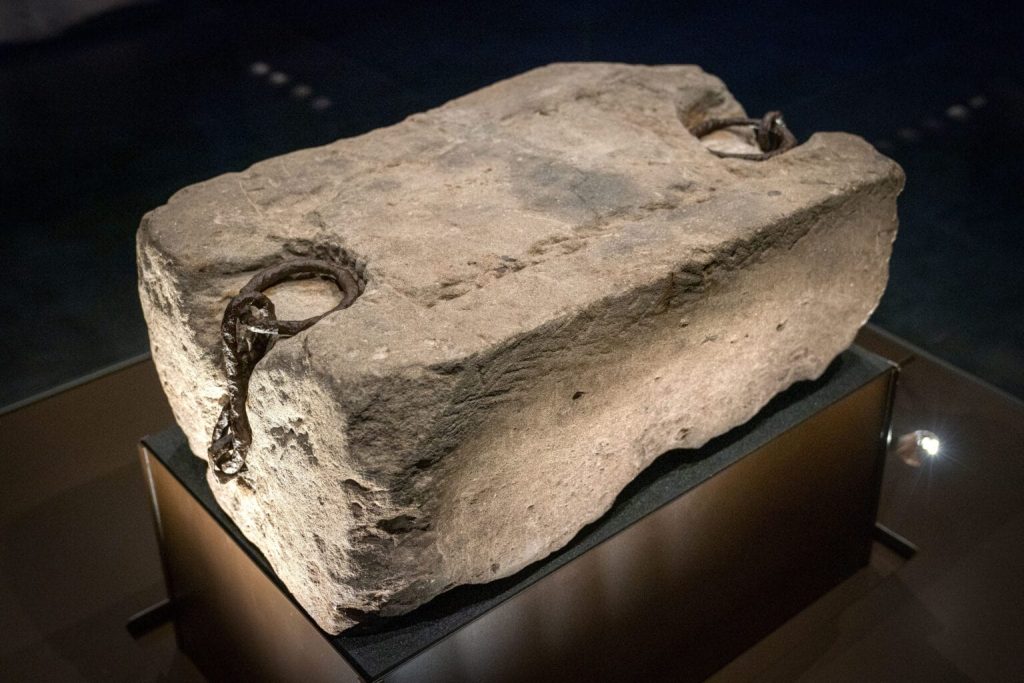
One of the legends, about the stone is that it was “Jacob’s pillow,” the stone Jacob laid his head on when he dreamt about the ladder to heaven. Unfortunately, there are no surviving origin stories with a plausible kernel of truth that could help explain the scientific discoveries.
Dr Nicki Scott, Senior Cultural Significance Advisor at Historic Environment Scotland (HES), said: “While we know some inauguration rituals did involve the individual being inaugurated to step onto the stone, such as at Dunadd Hillfort, the level of wear on the Stone of Destiny doesn’t support such use.
“Even several hundred years of such a ritual wouldn’t create the level of wear we see. It’s more likely that the stone had earlier served as a step, although we don’t know the context for this.”
Professor Dauvit Broun, Chair of Scottish History at the University of Glasgow, who contributed to the new interpretation at Perth Museum, said: “The evidence is quite compelling. It means that, at some point, the Stone was repurposed as an inaugural throne.
For the first time in seven centuries, the stone was returned to its ancestral home in Perth following the coronation of Charles III, rather than Edinburgh. It is now in the new Perth Museum.
Cover Photo: Perth Museum



